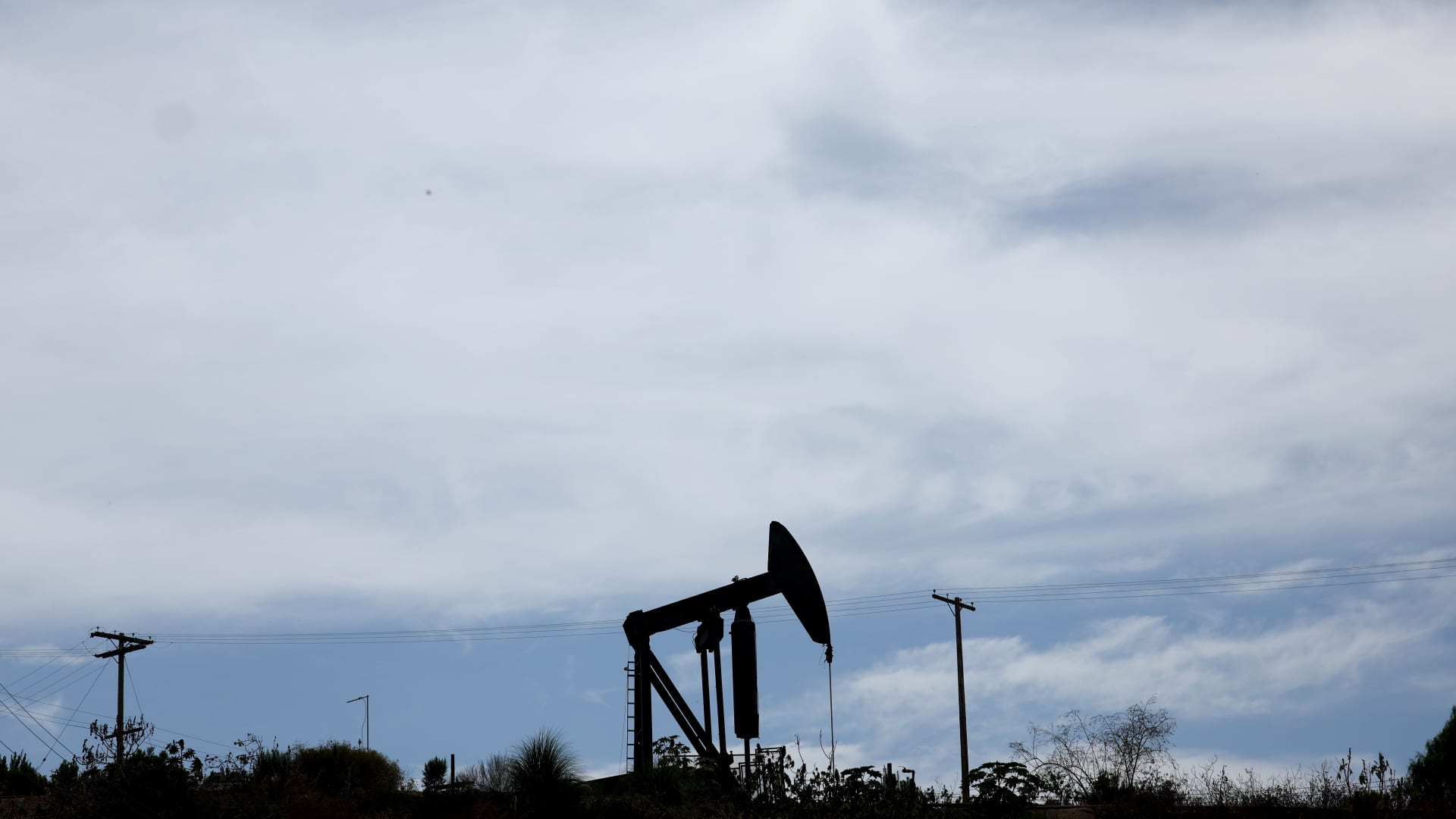Burning Questions: Will Canada’s most oil-dependent provinces bounce back next year?

Article content continued
The economic shocks to Alberta and Newfoundland and Labrador are particularly tough as they came at a time when both provinces were expected to shake off the previous oil-price shock of 2014 and return to substantial growth in 2020, said Robert Hogue, senior economist with RBC.
Hogue doesn’t expect Alberta to recover to pre-pandemic levels of economic activity until 2023 — and even those 2019 levels are a steep drop from a peak in 2014.
“There’s so much frustration and in some cases, people are getting into fairly desperate situations. That frustration is not a surprise given how deep and how long this downturn has been,” Hogue said.

Saskatchewan, which sits atop a massive light oil formation and is the second largest oil-producing province in the country, also posted a sharp contraction of 4.7 per cent of GDP but is expected to make a full recovery, posting 4.7 per cent real GDP growth, in 2021 thanks in part to its rebounding mining and agriculture sectors, RBC Economics forecasts.
While the worst of the economic downturn is behind Saskatchewan, there are still downside risks in both Alberta and Newfoundland and Labrador, which are reflected in the negative trends associated with both provinces’ credit ratings, said Travis Shaw, senior vice-president, public finance at ratings firm DBRS Morningstar.
“We’ll hear the provinces and some economists talk about ‘when is GDP going to return to pre-COVID levels’ but even at that point, when the broader economy returns to pre-COVID levels, provincial finances aren’t going to look like what they looked like in pre-COVID times,” Shaw said.




